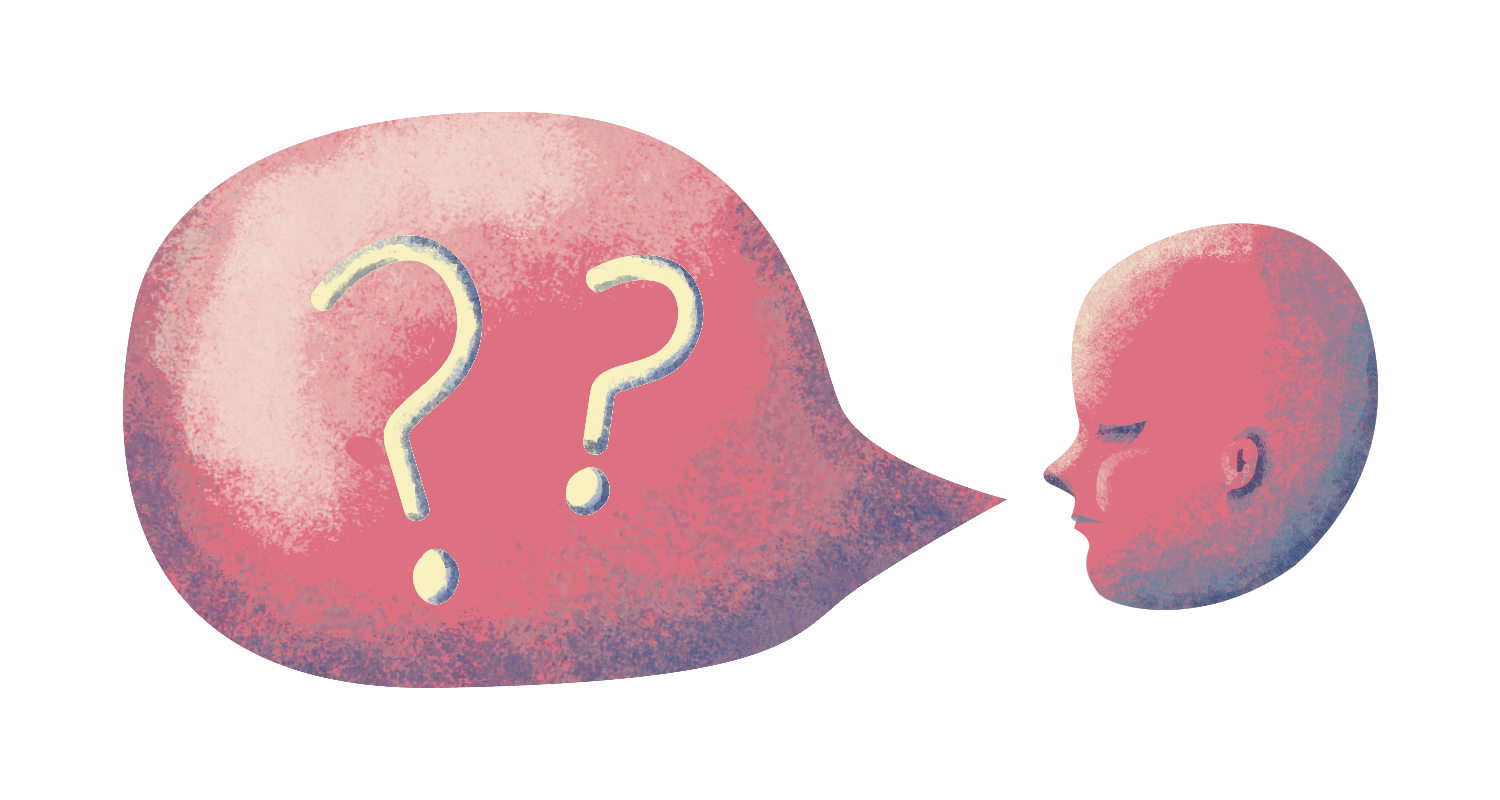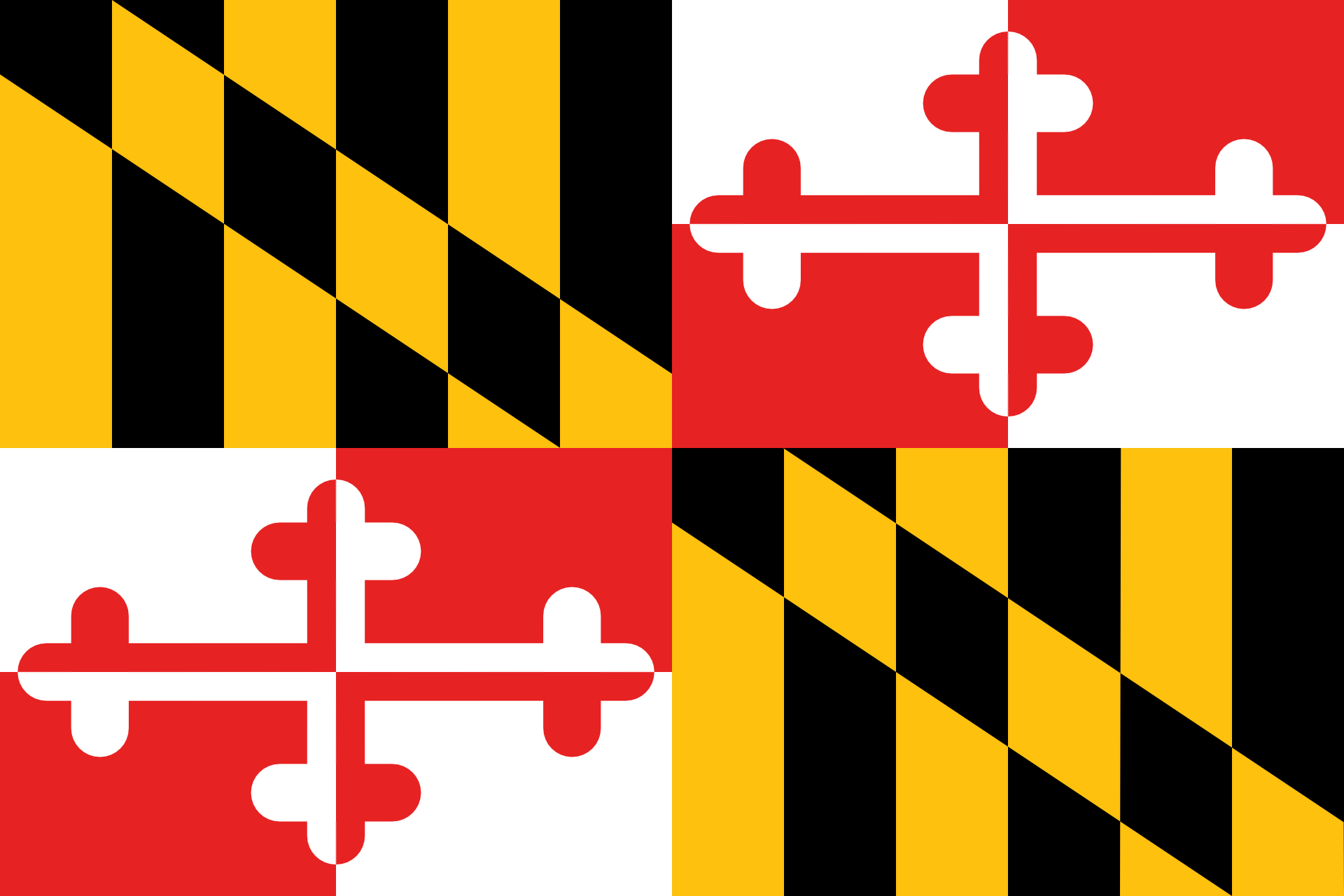Hand lettering and calligraphy are having a major boom today, as seen from logos to magazine covers, and from mass-produced home goods to painstakingly-handwritten wedding invitations.
When looking at work by the likes of Jessica Hische, Lauren Hom, and Jon Contino (just a few of the letterers helping to spread the craft today), it can feel like there’s no way your own hand could do that. Calligraphy, in particular, is intimidating to get into. Choosing and buying tools, and getting over the hurdle of giving up when your first few tries don’t look totally Instagram-worthy.
Crayligraphy was founded in the Summer of 2015 by Colin Tierney in (guess where?) Baltimore, Maryland. Offering in-person workshops, online guides, and a community of other learners, Crayligraphy delivers helpful content for anyone interested in learning. AIGA Baltimore is excited to cohost a workshop right here in Baltimore, so join us on Saturday, May 11th, 2019! Read on to learn more about Colin’s journey in developing this group and resource.
Sign up for the Crayligraphy workshop!
So, what exactly is Crayligraphy?
Colin: It’s a concept I dubbed several years back—a neologism combining the words “crazy” and “calligraphy”—to help people learn the beautiful art of writing through the magical world of those nostalgic, childhood friendly markers. Because let’s be honest, calligraphy with markers is pretty crazy.
Essentially, Crayligraphy is a space for people to try their hand in the ancient art form in the least intimidating way as possible. No longer do you have to spend an arm and a leg on traditional supplies before determining whether or not you enjoy the process. Broad-line markers are cheap, easily accessible and most of all, fun!
Where did the name Crayligraphy come from?
Colin: Crayligraphy began as a way to experiment with calligraphy through a marker. In this particular post, a Crayola marker. Hence the original name “Crayoligraphy,” which yes, I dubbed as well, but that’s a whole other story 🤫🤐
I changed the name to “Crayligraphy” shortly after realizing I wanted to turn this idea into a learning platform. The name not only rolled off the tongue easier, but it didn’t limit people to thinking they had to use Crayola’s brand. There are so many quality broad-line markers out there–– Target’s Up&Up, Crazart, Roseart to name a few—–that it seemed silly to be exclusive to just one brand.
At the time, did you think this would grow to what it is today?
Colin: At the time, I had no idea how big this idea was going to be. I was simply responding to my audience after several years of emails and DMs, requesting that I teach hand lettering and calligraphy.
One year after coming up with the idea of Crayligraphy, I posted this same image announcing the launch. People who were interested in learning how to stylistically write with a marker, were able to sign up to our newsletter, being the first to know when my series of tutorials would begin.
After the first 24 hours, we had 2 thousand people sign up to our newsletter list 😱. Before the announcement, I didn’t know how to teach. I had to better my knowledge and skillset before proclaiming that I was proficient enough to take on that role. Basically, I had to learn to teach.
Originally, you were traveling across the country to host workshops in different cities. How did you balance this along with your family and other work?
Make no mistake: doing all of these workshops solo was no easy task.
We get hundreds of requests to visit different cities all around the world. Back when I started teaching workshops, I was a one-man show on the road. My wife Lindsey organized the events and made sure everything was scheduled and set up so that I could fly into the city on a Friday, wake up the next morning (like a lost puppy in an unfamiliar territory), teach the workshop and hop back on a plane to return home early Sunday (early as in 3 or 4 in the morning early 😩).
I had to do this at the time. I lost my job, my family didn’t have a home (it was on the market when I lost my job) and we were about to welcome a baby boy to the world. We already had 2 girls under the age of 4! Life was a bit Cray to say the least 😐 And while it wasn’t a sustainable living situation, it was necessary.
So after some time passed, I decided I couldn’t go at this alone anymore.
Hiring can sometimes be as daunting as doing all the work yourself. How have you built a team of educators?
Throughout my visits to these cities, I reached out to local artists who have shown interest in Crayligraphy while also having an understanding of the art. I asked these artists if they had any interest in co-hosting a workshop with me in their respective cities. I did this for a few reasons. One, having two instructors to teach a workshop adds so much more value for the attendees. Two, it adds some local flavor that the students can relate to.
Most importantly though, I was able to train these local artists to teach the Crayligraphy material. We call them “Educraytors.” So, whenever a city’s interest arises, I am able to call upon an Educraytor who represents that region, to host the workshop. This allows me to focus on Crayligraphy’s bigger picture and spend those precious moments I would otherwise be missing during travel, with my family.
Does Crayligraphy define a specific style of lettering, or does each artist put their own spin on it?
Our team of educraytors is a great example of how you can produce wild results with one simple instrument. Check them out on Instagram! Veronica Ruiz of @veronicaletters is based in Denver, CO. She has a wide range of styles, but you know Vero’s work when you see it scrolling through Instagram because it always stops you in your tracks. Terence Tang of @tinlunstudio comes from Houston, TX, where we hosted a workshop last year with AIGA Houston. He has now integrated what began as a serious hobby into his professional design workflow, where magic markers are now among his go-to tools for designing logos and lifestyle goods.
I’ll be co-hosting Baltimore’s workshop with Natalie Downey of @nataliedowneydesign. She’s one of the best out there when it comes to Crayligraphy. Her fragmented style (broken strokes) is something to watch over and over again while scratching your head in awe of how she does it. We like to call Natalie The Ninja-Wizard ⚔️🧙♀️of the team because her strokes are so quick and unbelievably accurate.
What sorts of techniques are taught in a Crayligraphy workshop?
We’ll go through the two different methods to create your letters. We begin with the fragmented method; that’s breaking down each character into basic strokes so that we see the makeup of these letters as shapes and pieces to build upon. So, after each stroke, you lift your marker and place it down where the next stroke needs to be marked.
Some of you will be able to learn a little quicker and if that’s the case, you might be ready for the fluid method. That’s not to say we leave those who don’t learn as quickly in the dust. We just have another option to practice for the people who might have an easier time understanding the fragmented method.
The fluid method entails keeping your marker on the paper and transitioning between thick and thins based on pressure and release through the fingertips. This method allows for a more elegant or smooth aesthetic where the fragmented method is based on broken strokes that appear sharper and quicker.
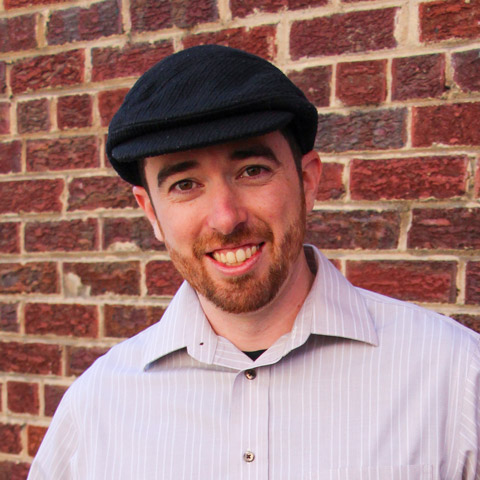 Rob Maguire has over 15 years’ experience providing graphic design and marketing services to businesses of all sizes. After changing gigs each time his wife switched jobs and cities, Rob decided to begin his role as an independent creative. His experience working as an agency art director, and later as an in-house senior package designer has cultivated a knack for understanding the unique needs of each client. Today, Rob works and lives in Maryland with his wife, kids, and dogs.
Rob Maguire has over 15 years’ experience providing graphic design and marketing services to businesses of all sizes. After changing gigs each time his wife switched jobs and cities, Rob decided to begin his role as an independent creative. His experience working as an agency art director, and later as an in-house senior package designer has cultivated a knack for understanding the unique needs of each client. Today, Rob works and lives in Maryland with his wife, kids, and dogs.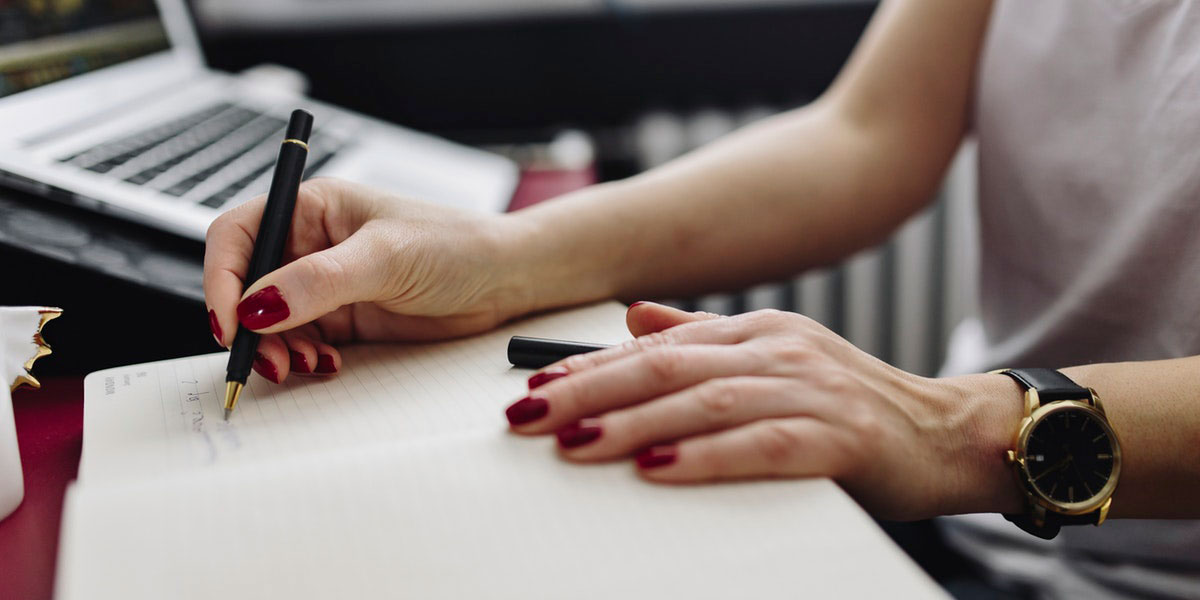
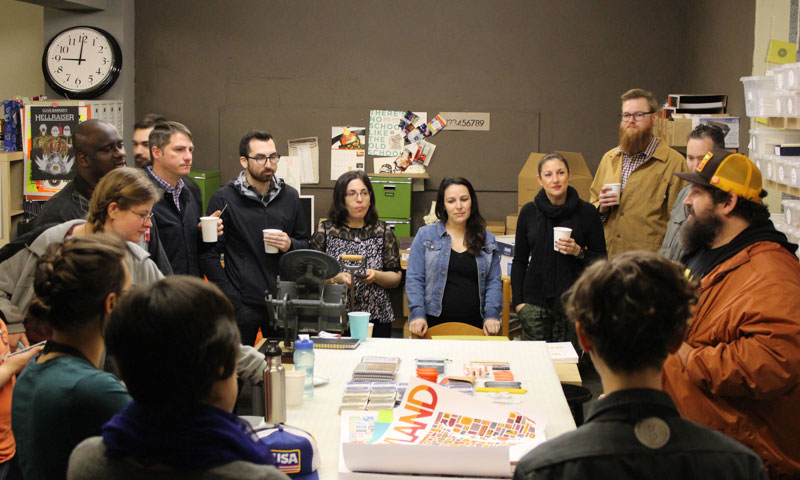
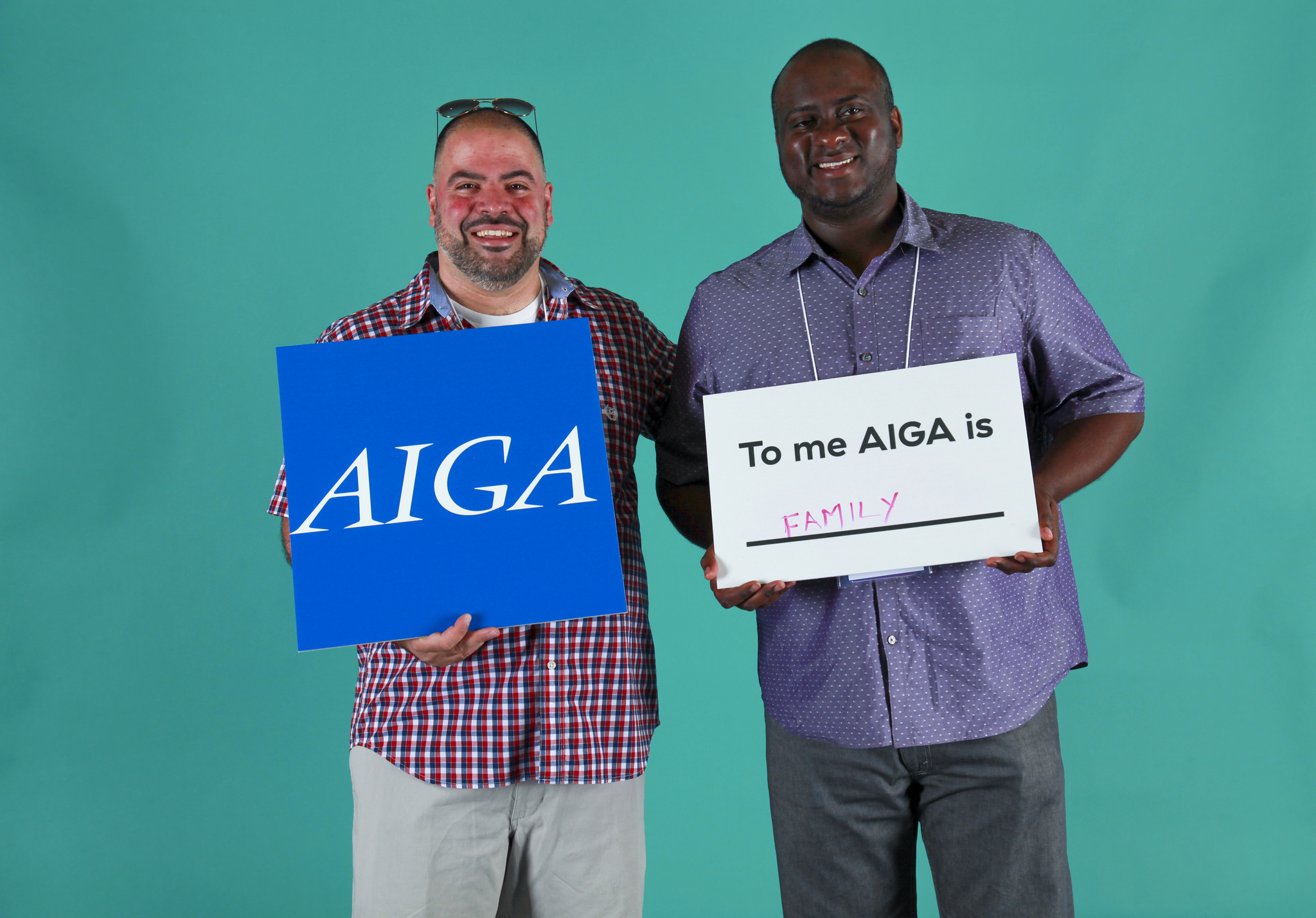
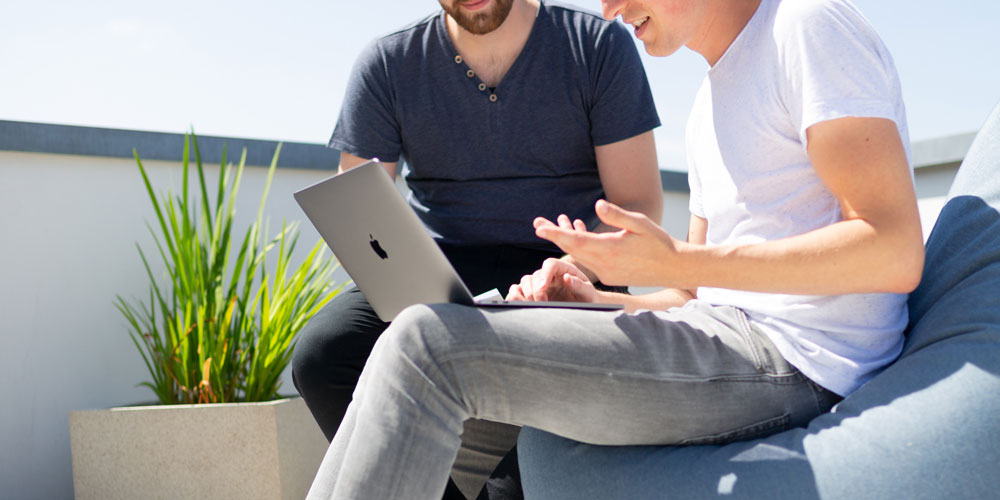





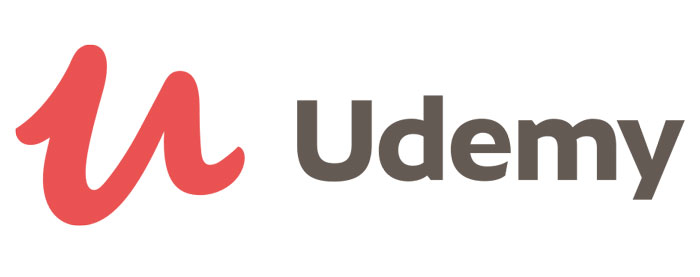
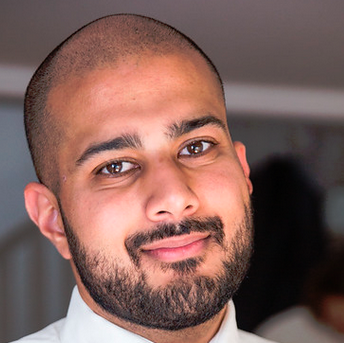
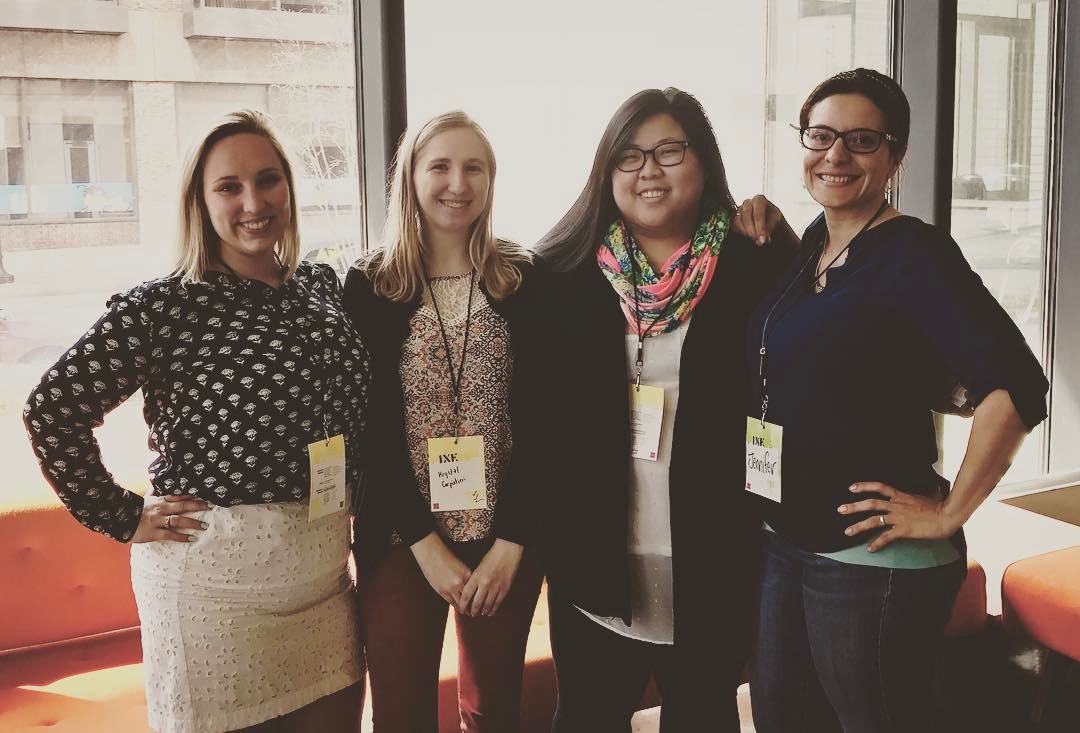
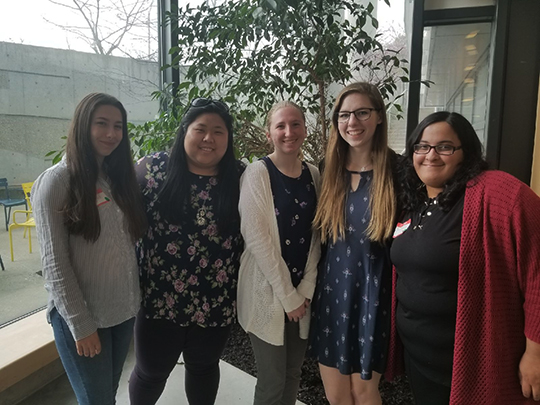


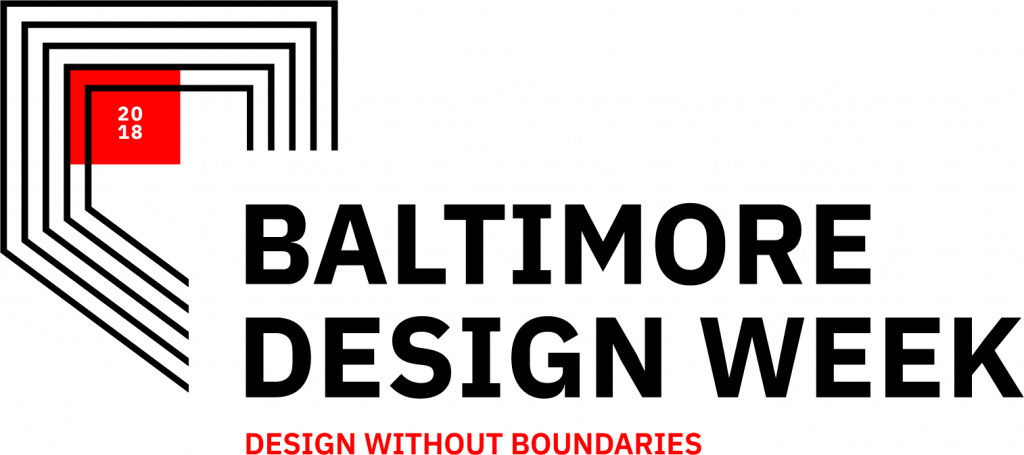


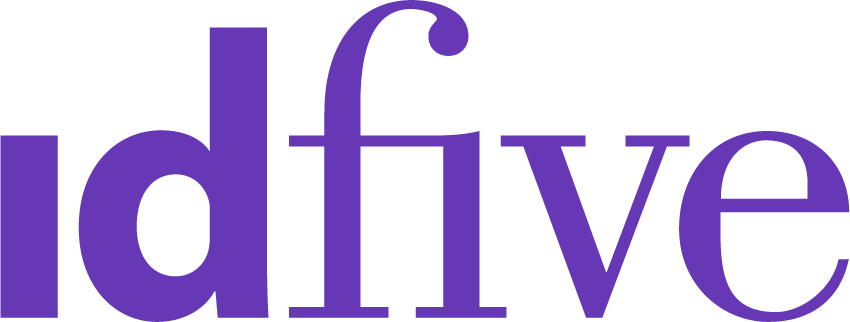
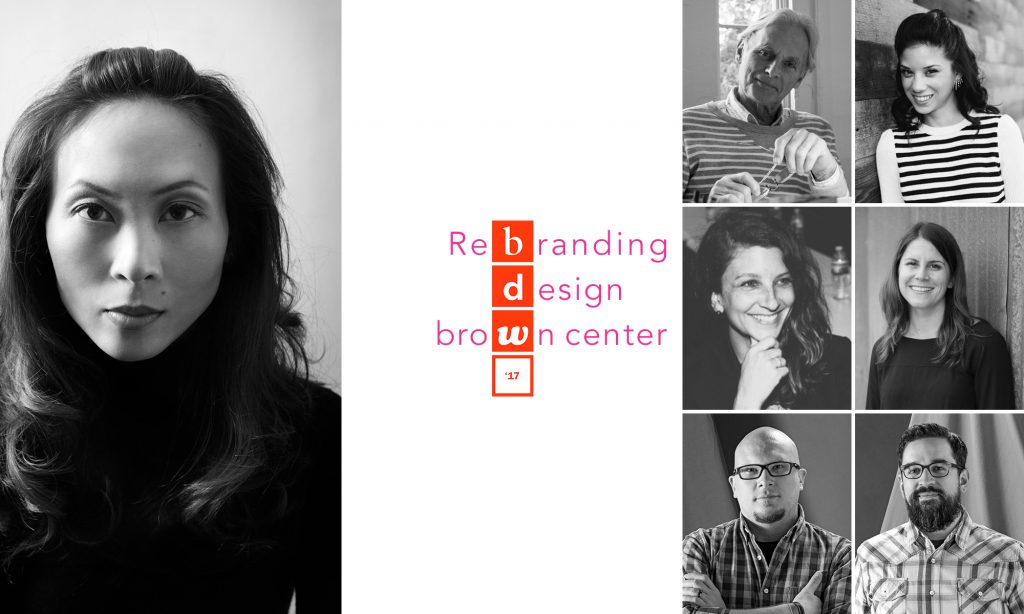
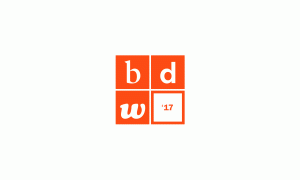
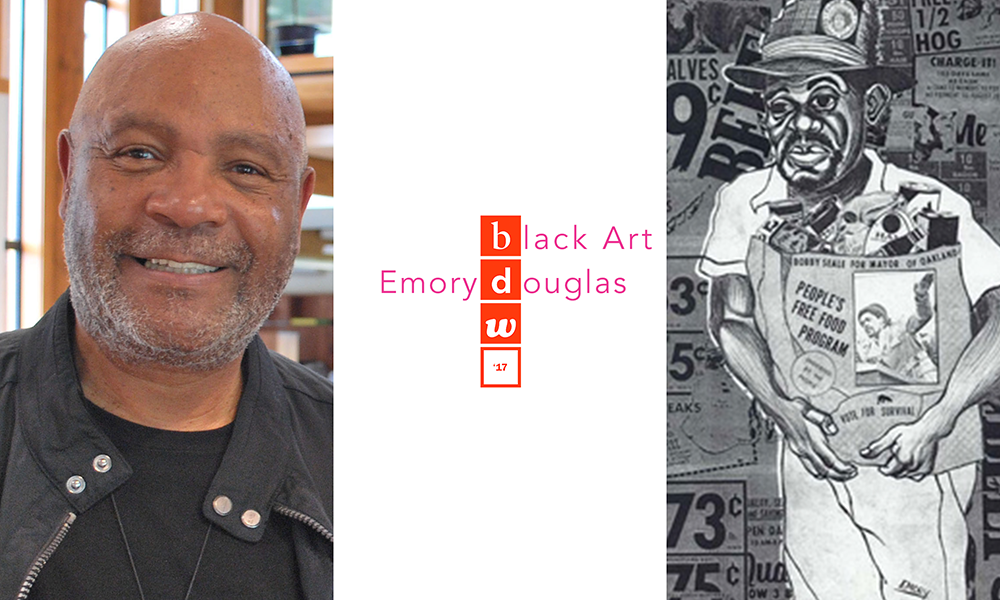
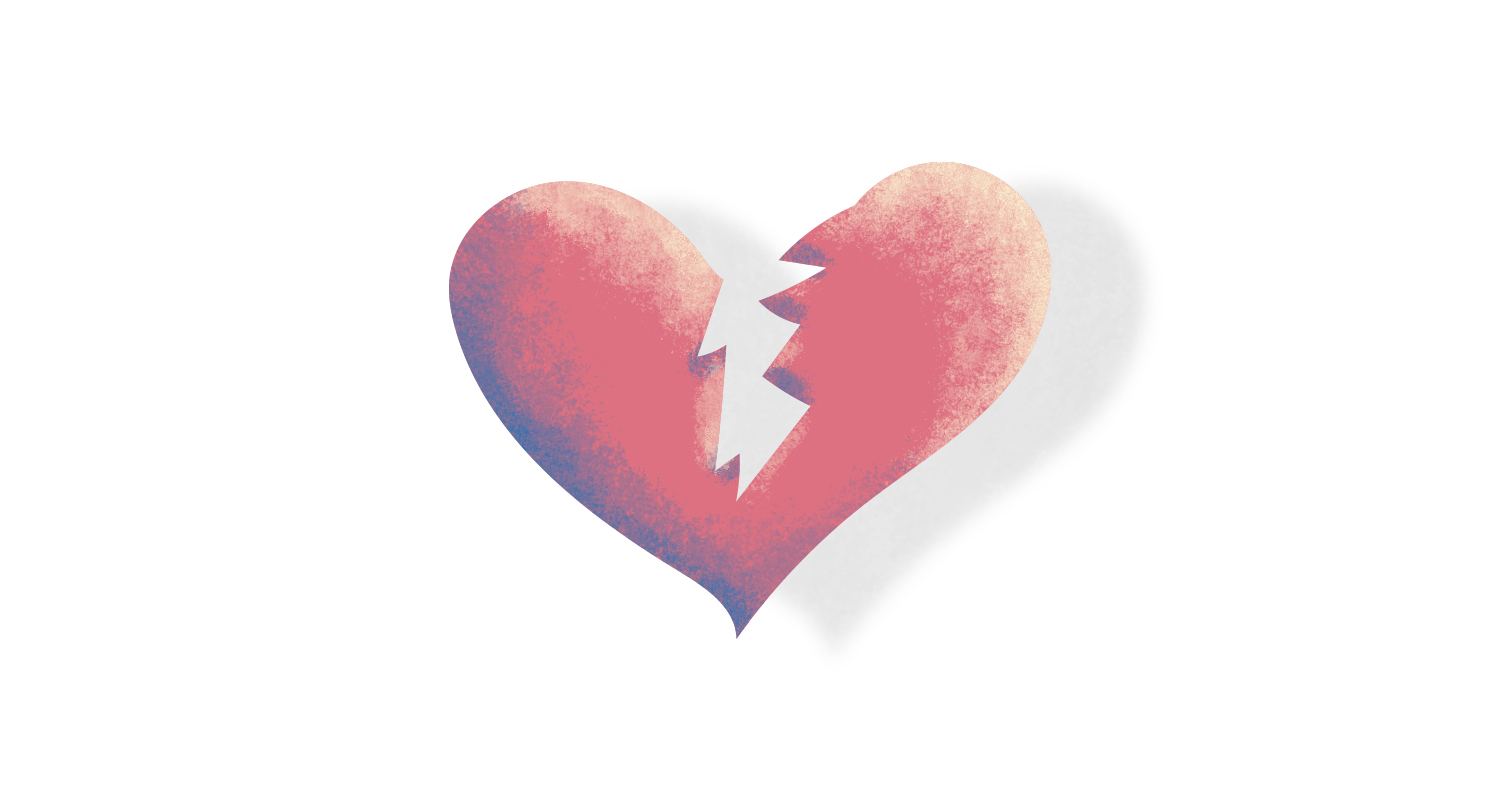 As creative people, we tend to get deeply attached to our work, but keep in mind that any criticism you receive is not directed at you but at the work you present. Reviewers don’t know how long it took you to make it, or if your piece has a profound personal meaning to you, they will be there to give you a neutral honest opinion about your designs. They are providing you with their time and knowledge to help you have a stronger portfolio.
As creative people, we tend to get deeply attached to our work, but keep in mind that any criticism you receive is not directed at you but at the work you present. Reviewers don’t know how long it took you to make it, or if your piece has a profound personal meaning to you, they will be there to give you a neutral honest opinion about your designs. They are providing you with their time and knowledge to help you have a stronger portfolio.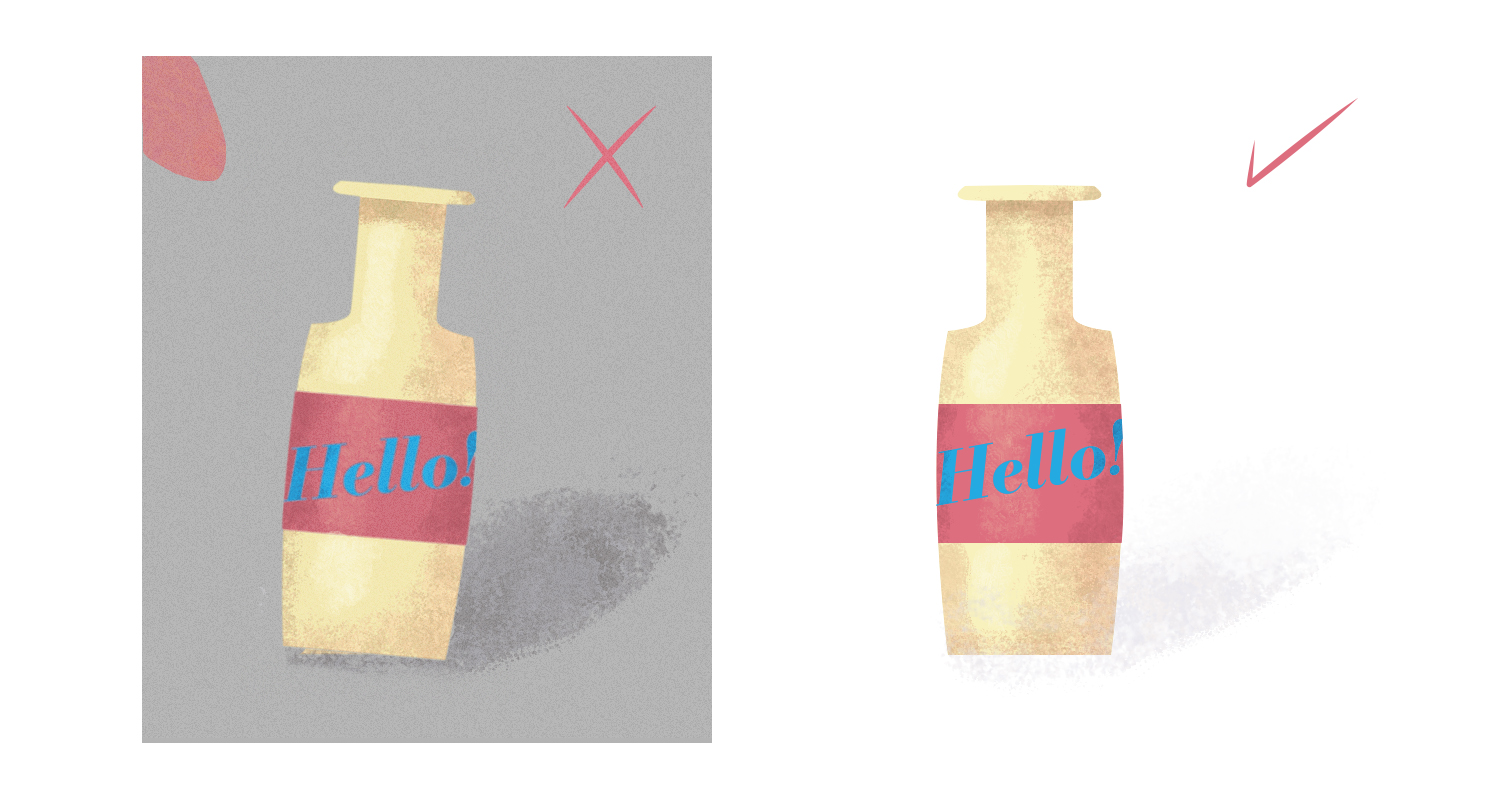
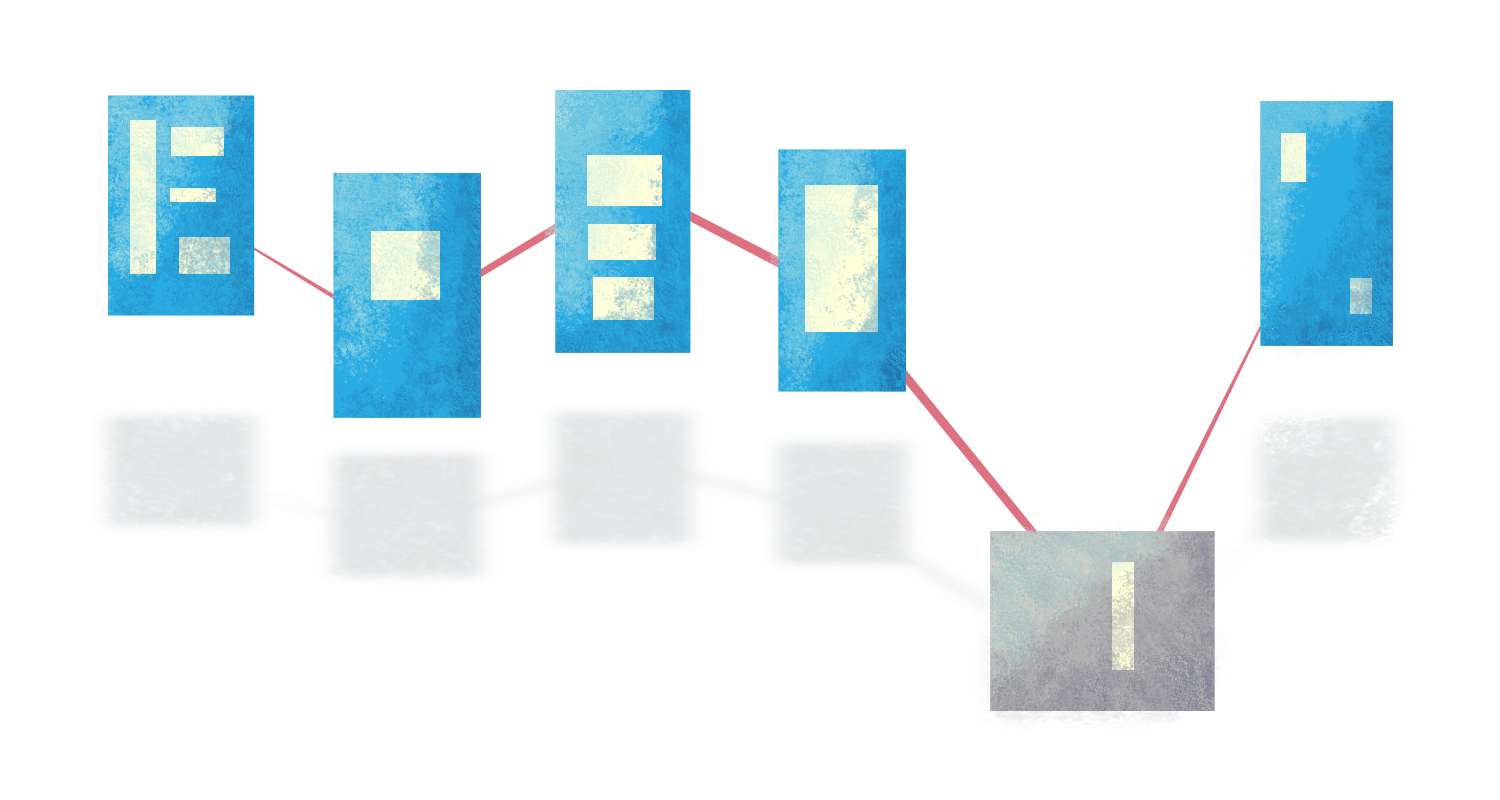 By consistency, I don’t mean including only print design, or only website design but rather the quality of the work. Every designer has good and bad pieces, so don’t feel pressured to include everything you’ve made. A few “meh” pieces can bring down the entire quality of your portfolio.
By consistency, I don’t mean including only print design, or only website design but rather the quality of the work. Every designer has good and bad pieces, so don’t feel pressured to include everything you’ve made. A few “meh” pieces can bring down the entire quality of your portfolio.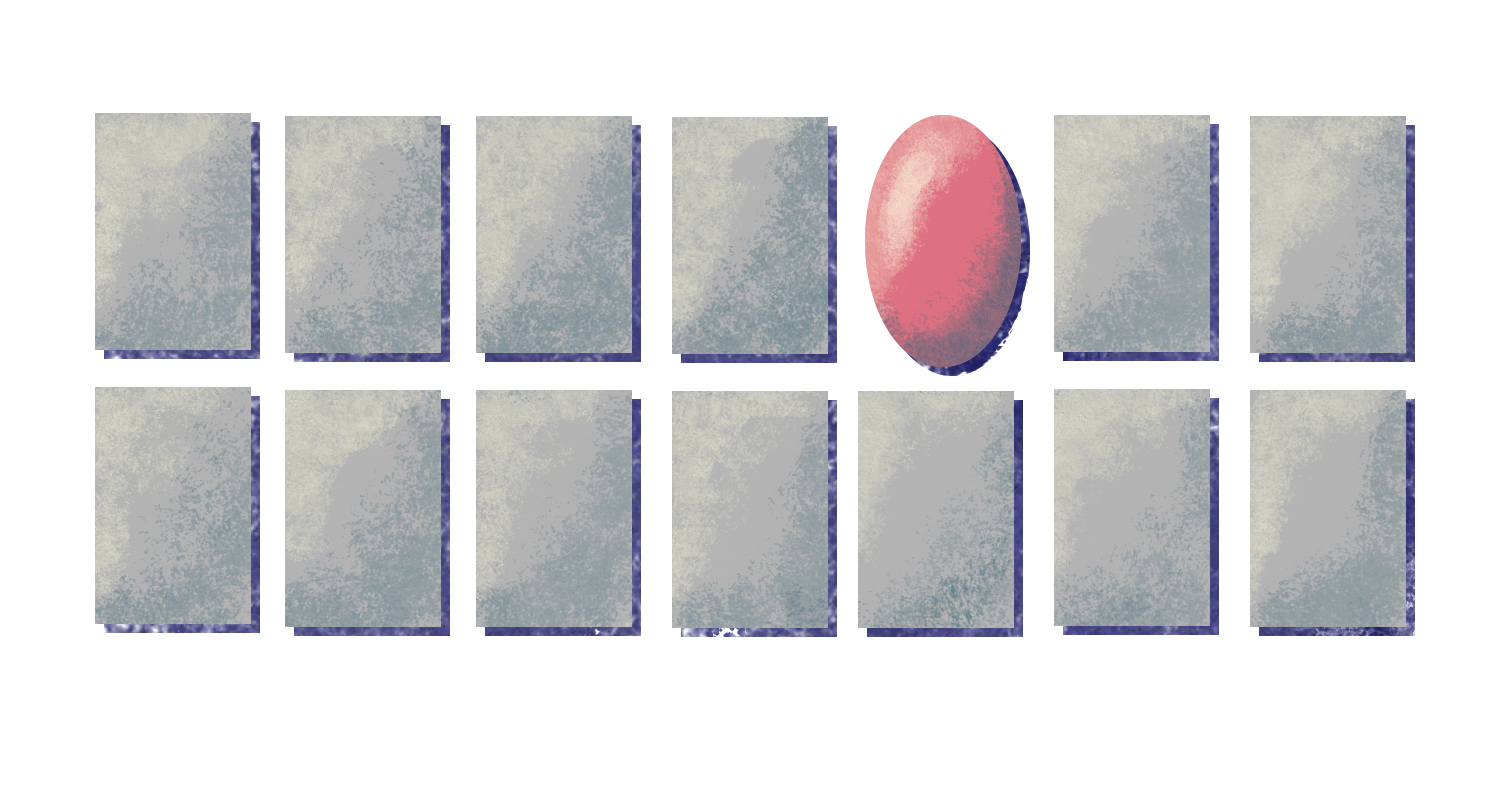 Nowadays with templates on the internet, pretty much anyone can come up with a business card design, but that doesn’t mean all of them are innovative. Include what makes you special. Examples of this could be your use of color, your minimalist or maximalist aesthetic or the way you mix fonts.
Nowadays with templates on the internet, pretty much anyone can come up with a business card design, but that doesn’t mean all of them are innovative. Include what makes you special. Examples of this could be your use of color, your minimalist or maximalist aesthetic or the way you mix fonts.